Chichen Itza, the last of the "Great" Mayan city states which flourished from roughly 600 C.E. to 1200 C.E.. Internal struggles among its elite weakened the city sufficiently, and it fell to its western rival, the city state of Mayapan and its allies. Chichen Itza's magnificent pyramids and temples, have been extensively restored, making it one of the grandest of all Mayan sites.
At Chichen Itza, Maya civilization reached its pinnacle. Art, astronomy, medicine, agriculture, and architecture all flourished here. The major structures are El Castillo; or Temple of Kukulcan; the Nunnery complex; the Caracol which was the center for astronomy; the Temple of the Warriors with its carved stelae; the Ball court; the Temple of the Jaguar: and the Market place. Two natural wells are at Chichen Itza. One provided water for crops and the other was the sacrificial well, where animal or human victims were thrown into the water in rituals of purification, celebration and renewal. El Castillo is perhaps the best known pyramid in the Mayan world. Exquisitely proportioned, every aspect of its architecture has a religious and a functional purpose. During the sunrise of the winter solstice the god Kukulcan will form its snake shape on the stairs of El Castillo. The pyramid is also a calender. A less known fact is that it is built on top of an earlier structure. A steep dark stairway takes the visitor to a chamber where a brilliant red throne of the Jaguar scowls at the intruder. Everywhere one encounters silent testimony to the power and achievements of the Maya civilization. The reflecting basins at the Caracol, each sculpted with a god figure, allowed the Mayan astronomers to chart the positions and movements of the planets and stars. The magnificent carvings on the walls of the ball court tell the story of the ritual of the Mayan game Pok-ta-Pok, and portray the winning captain being beheaded in the spring renewal ritual. Everywhere the carvings portray the Jaguar, the morning star Venus, and the Lord Kukulcan.
In 2009 the I.N.A.H. (the National Institute of Anthropology and History) in an ongoing effort to excavate and restore other monuments in the archaelogical zone including the Osario, Akab Dzib, and several buildings in Old Chichen. These constructions predate the Temple of Kukulcan (El Castillo)
pushing the dates of this location further back in time from the Classic to the Early Classic period.

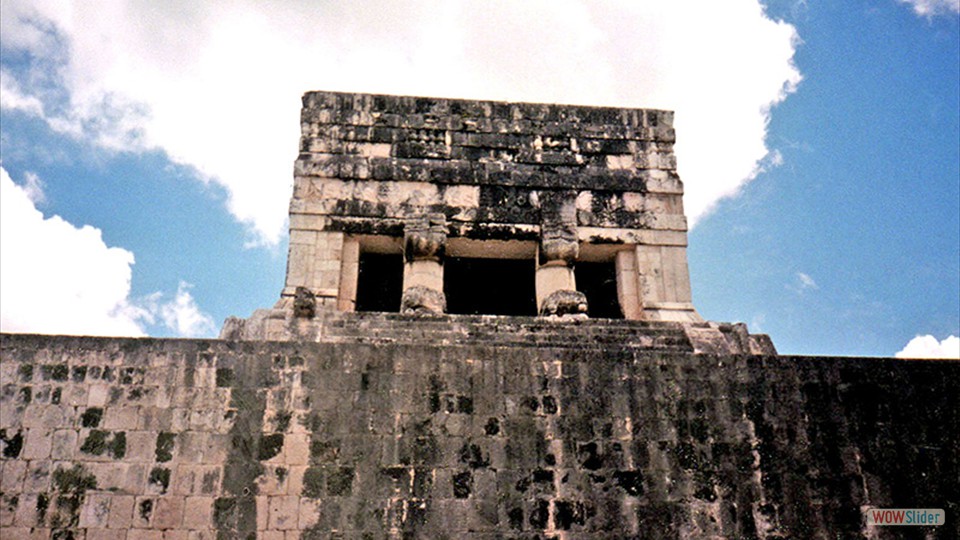
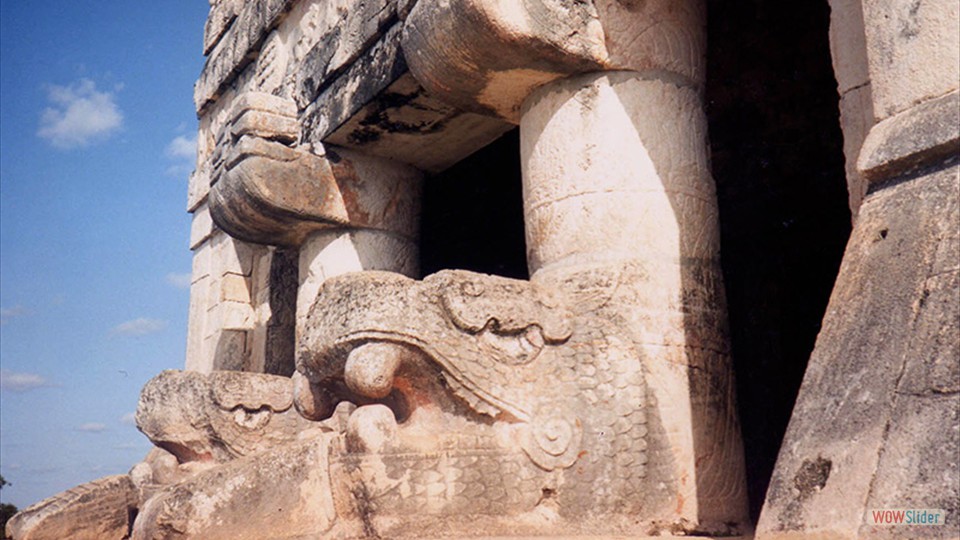
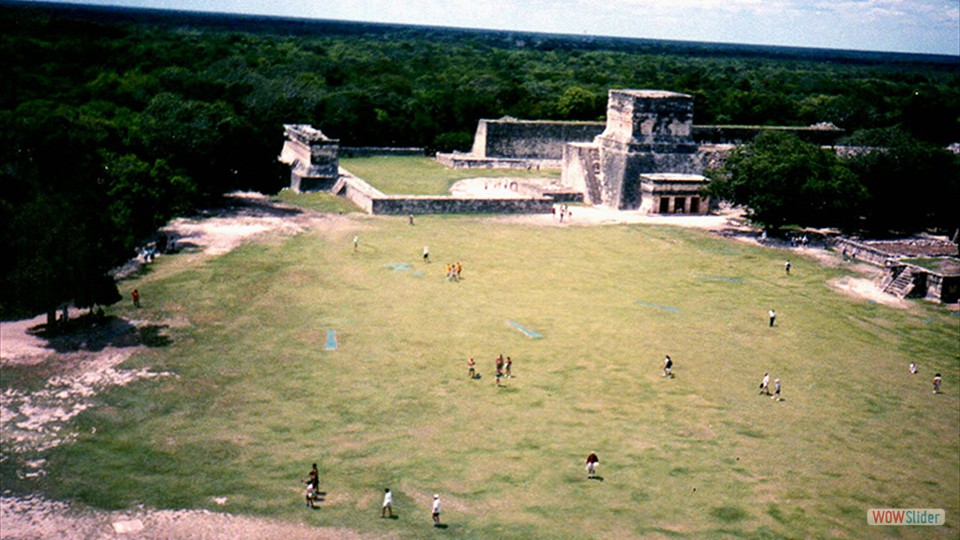
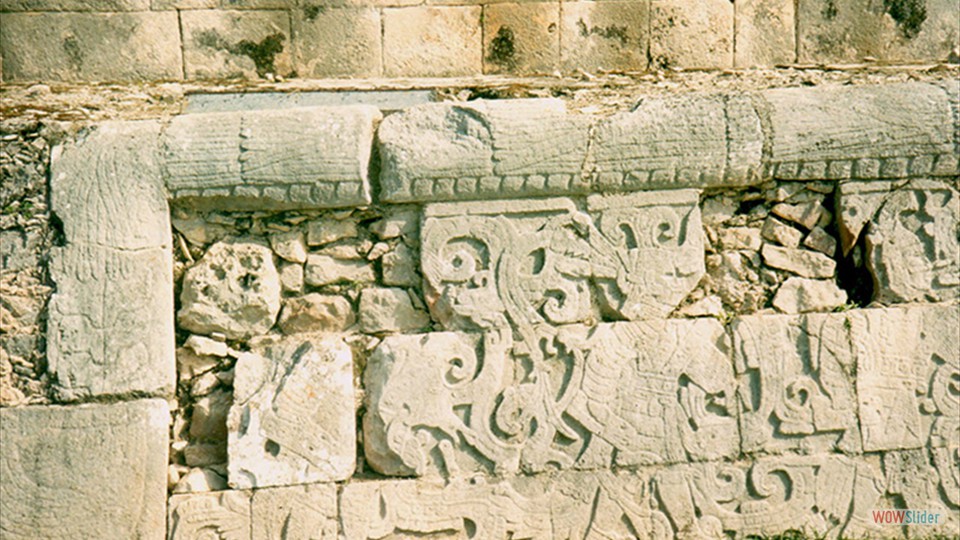
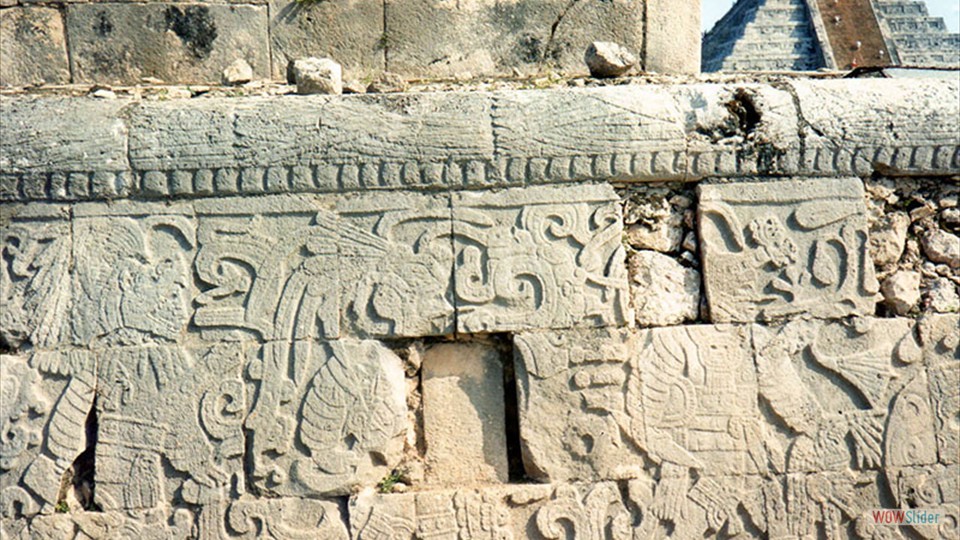
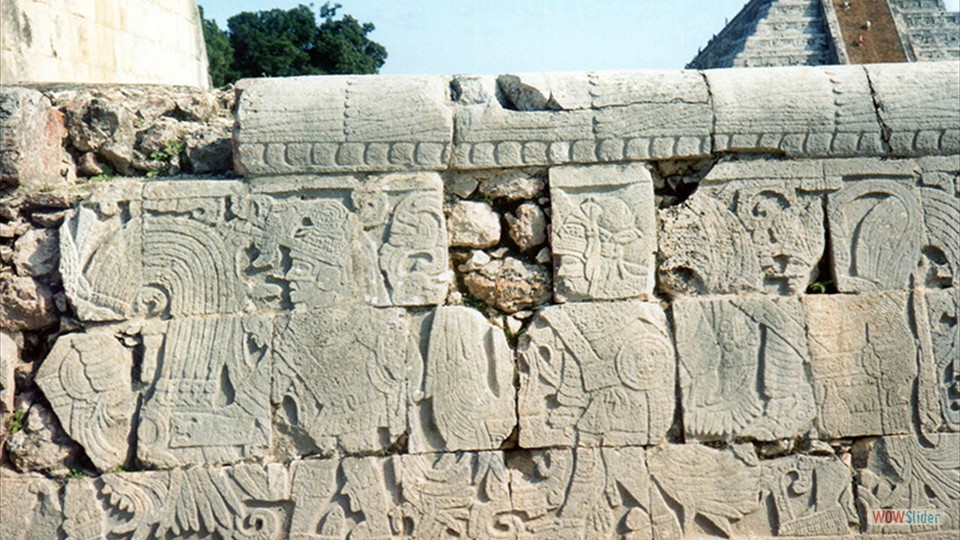
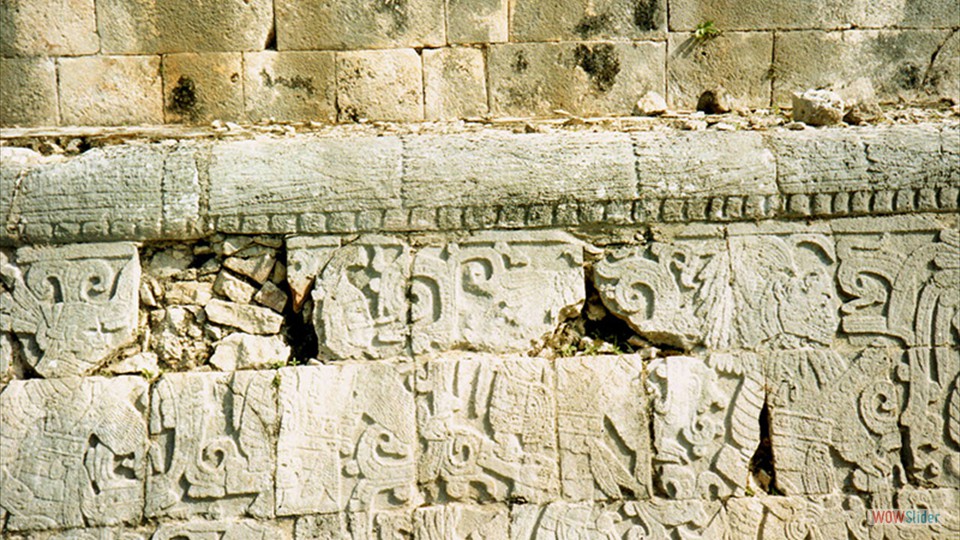
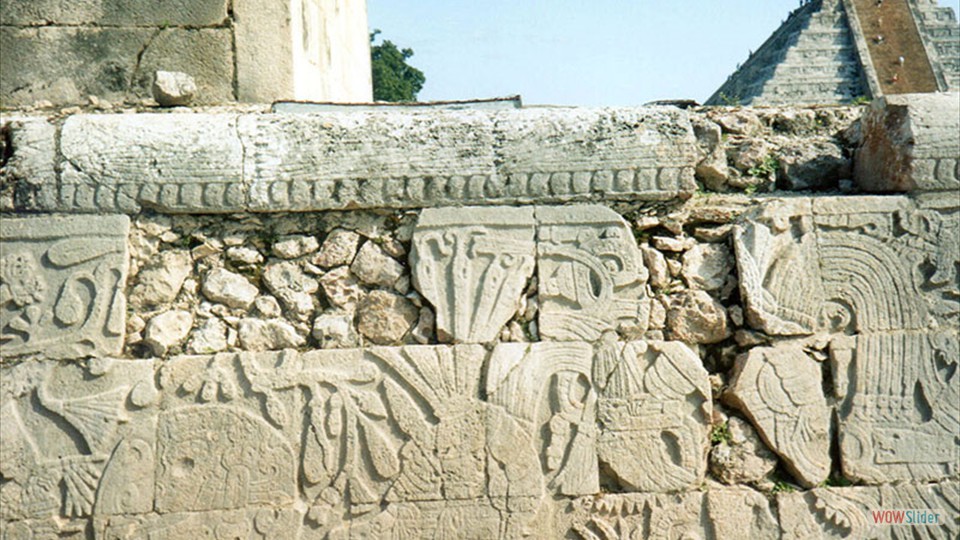
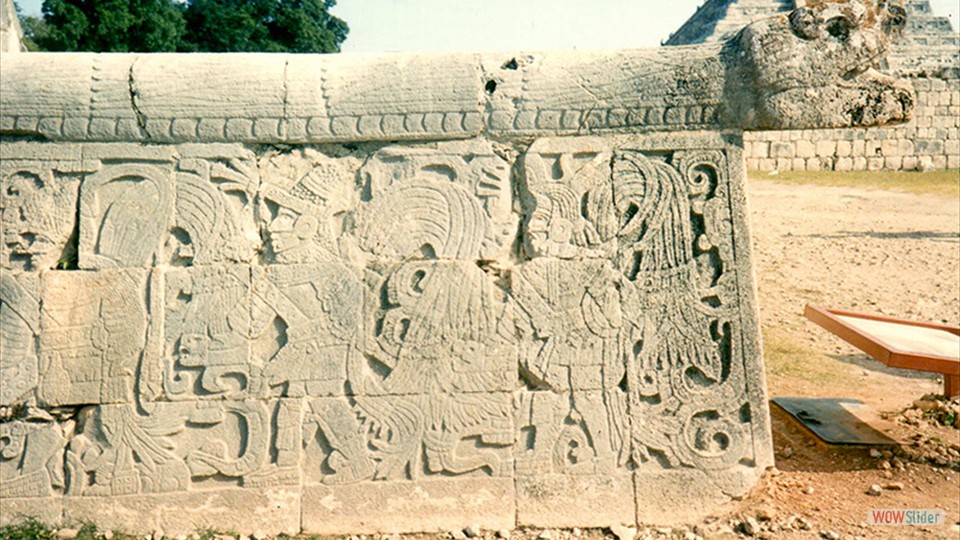
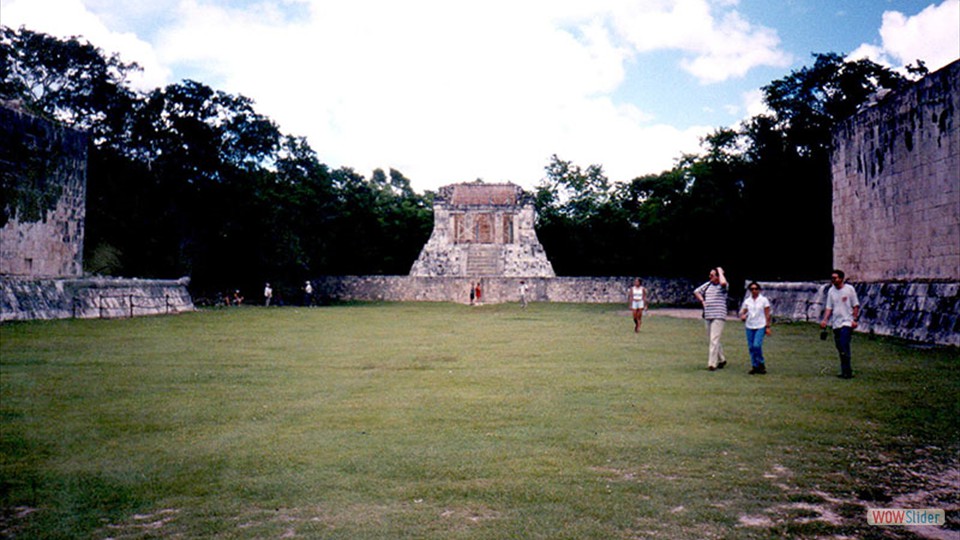
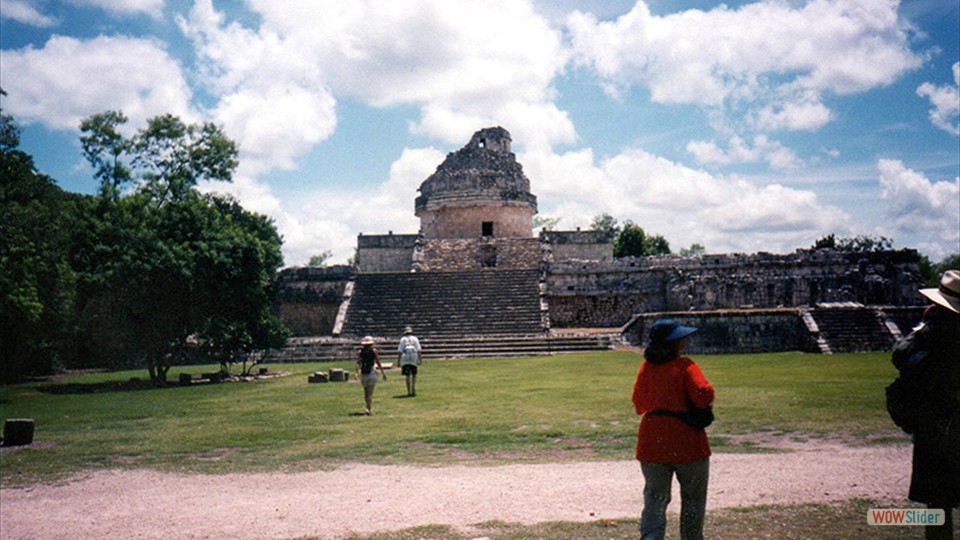
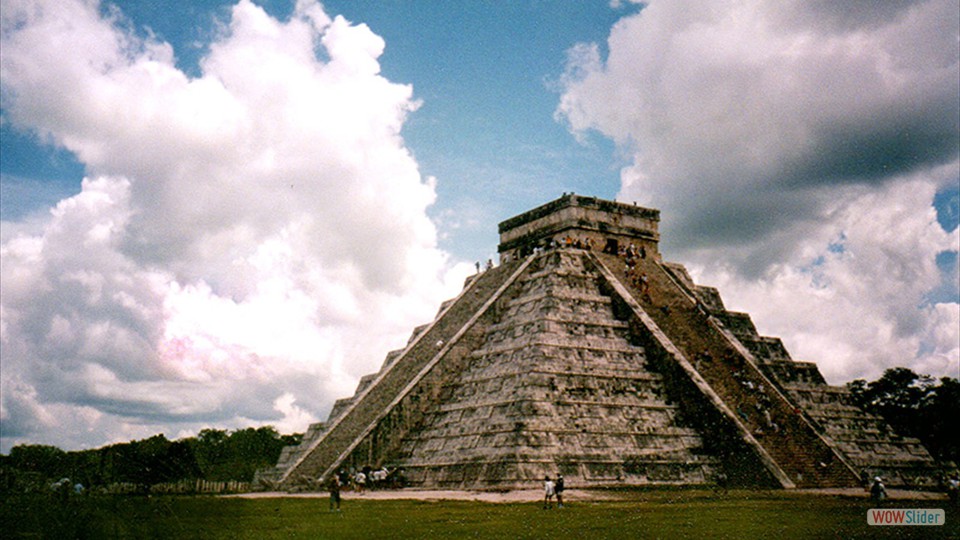
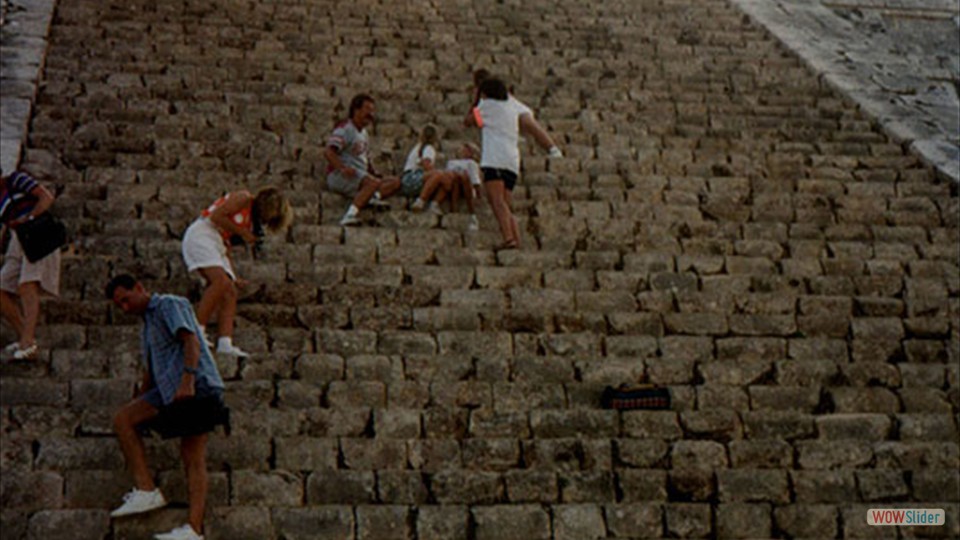

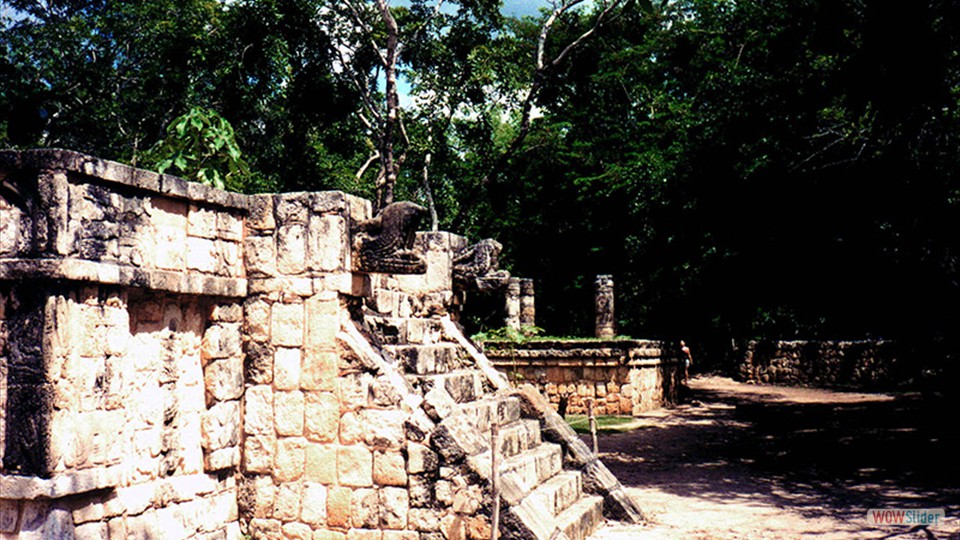
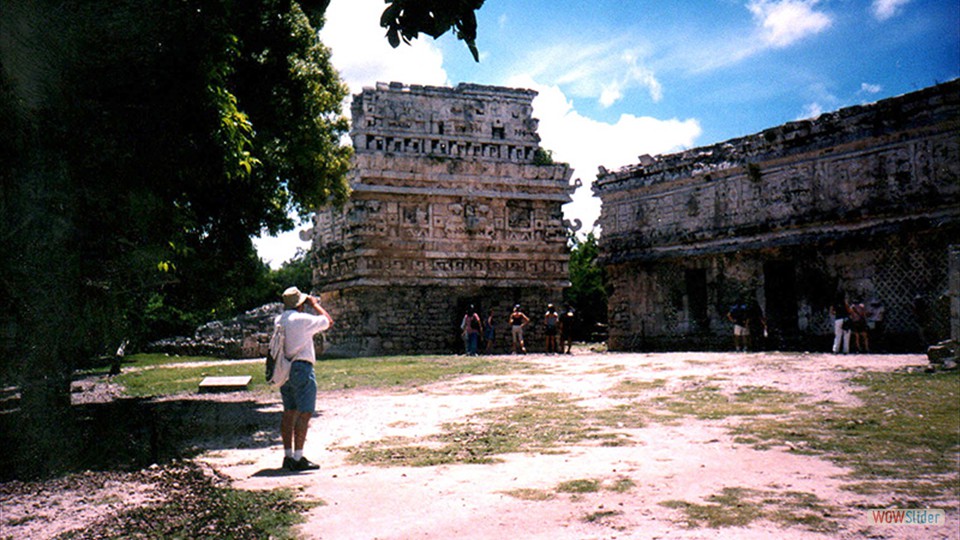
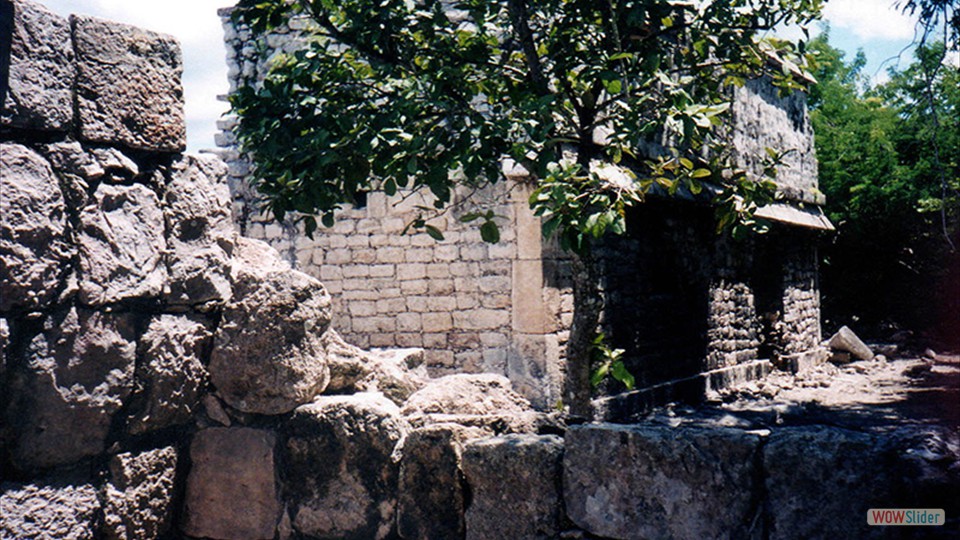
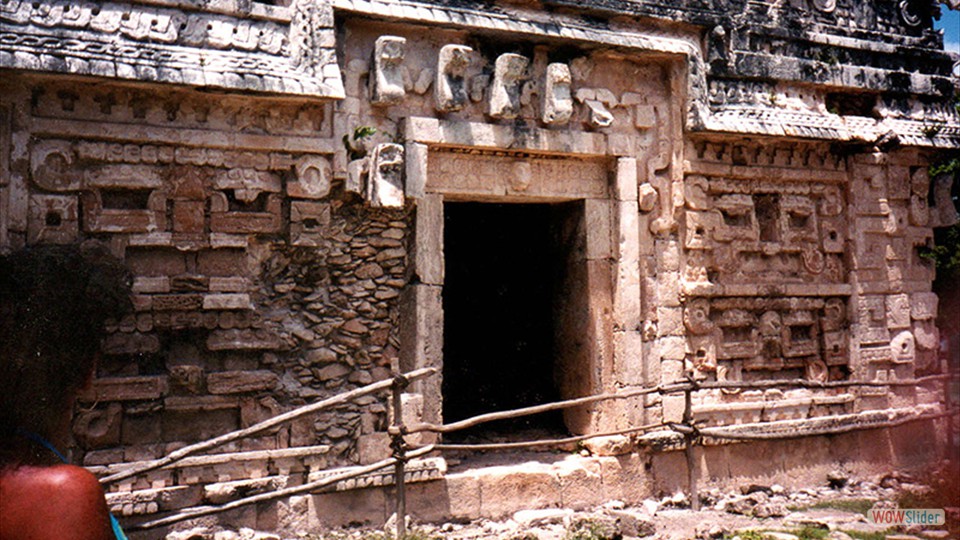
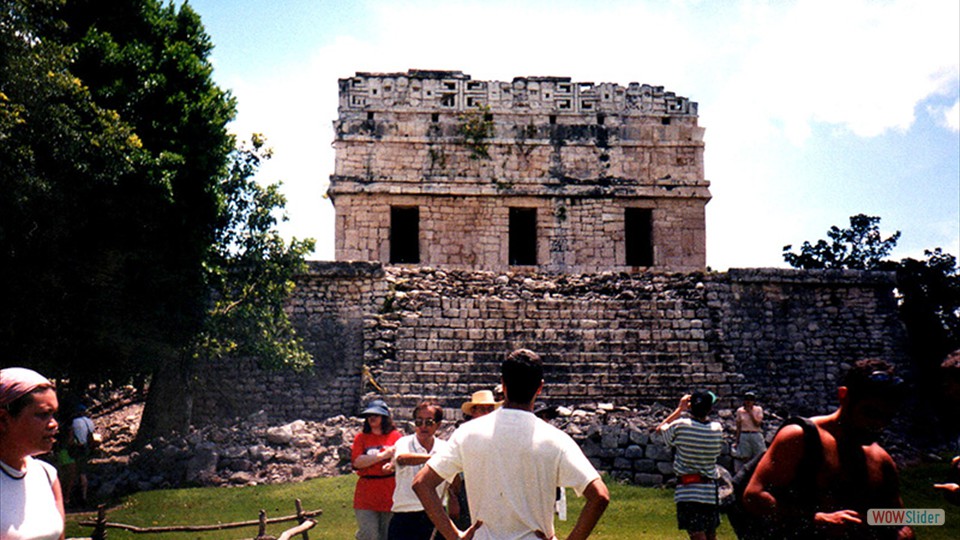
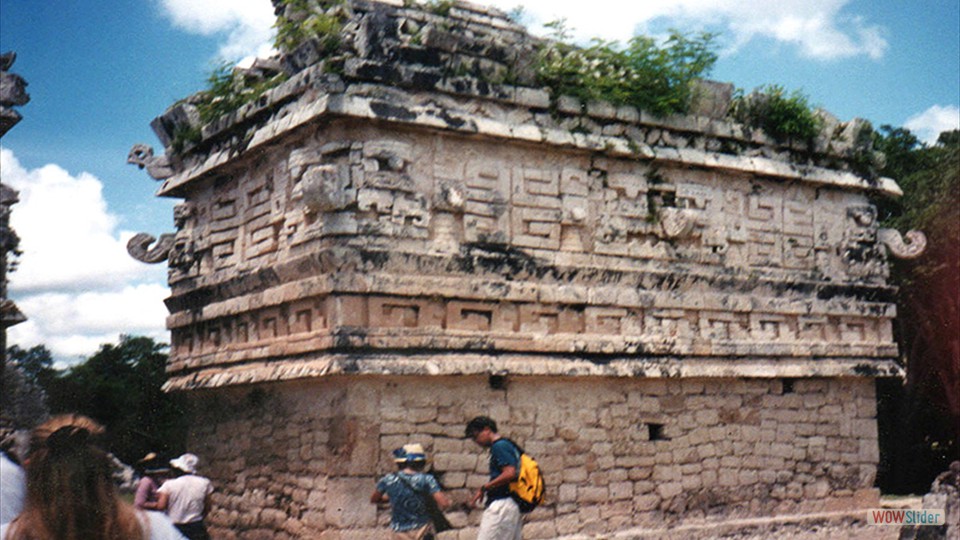
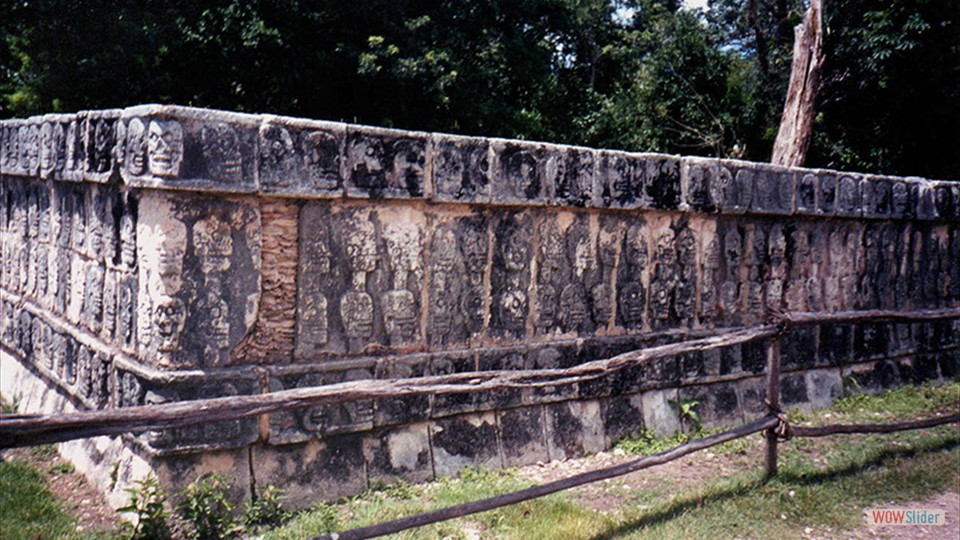
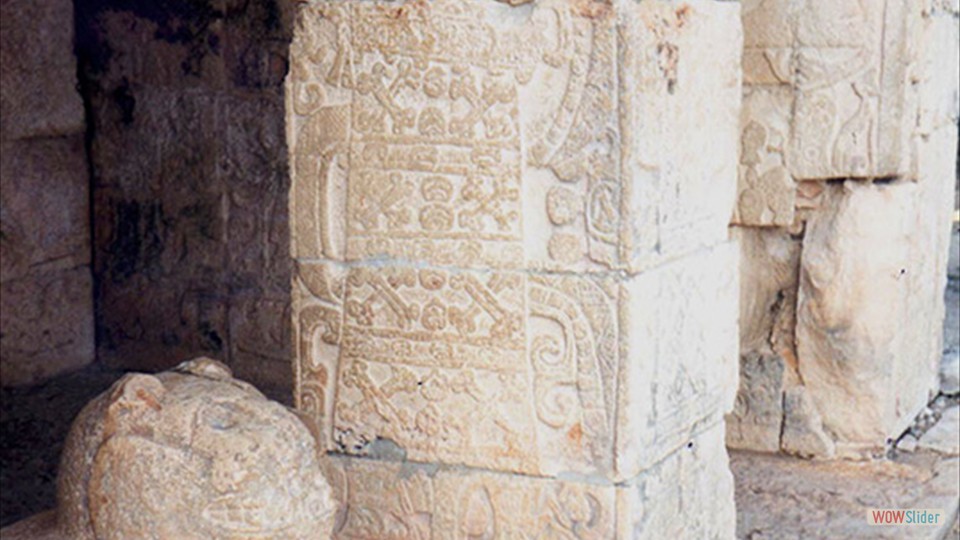
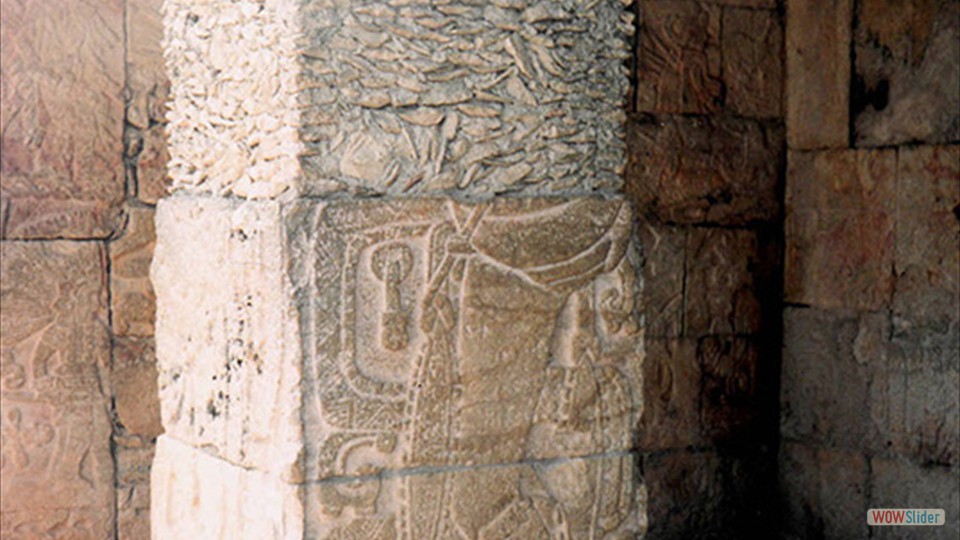
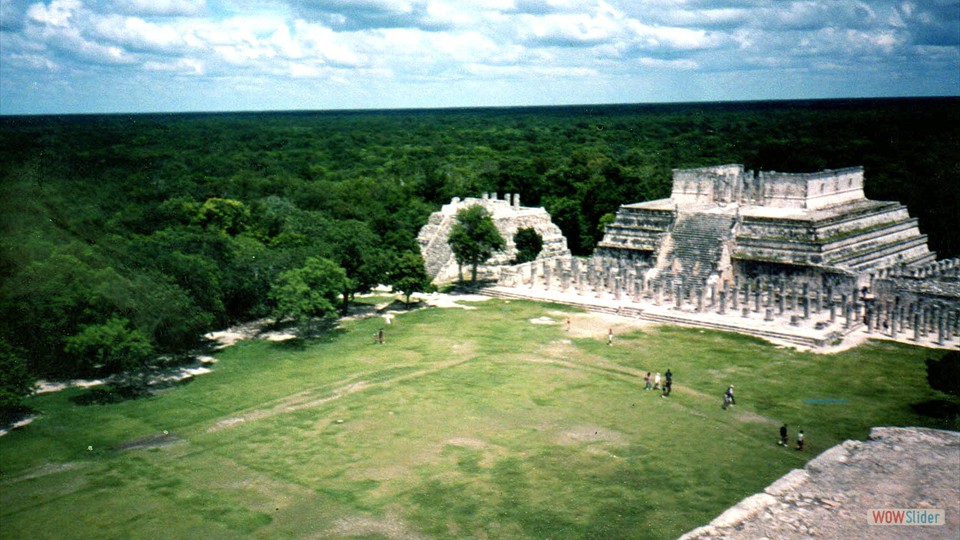
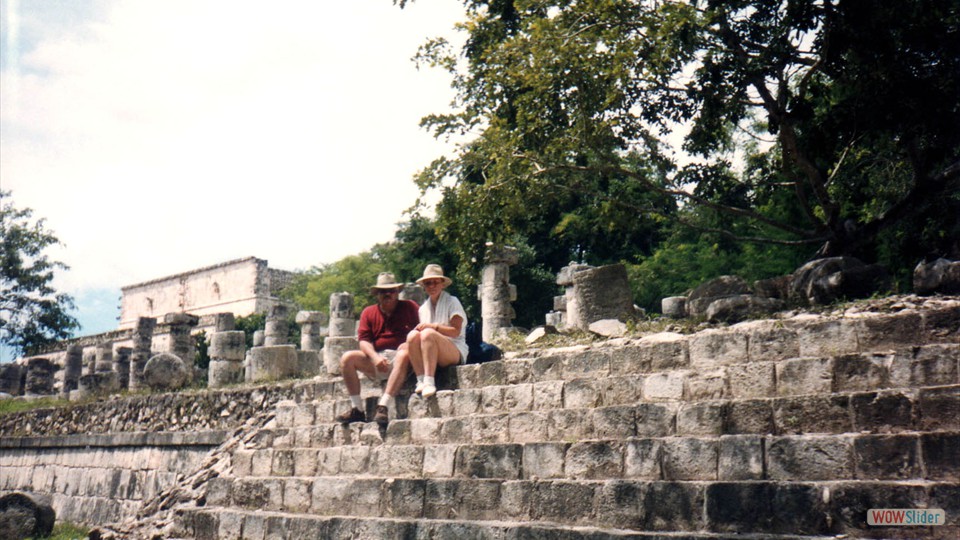
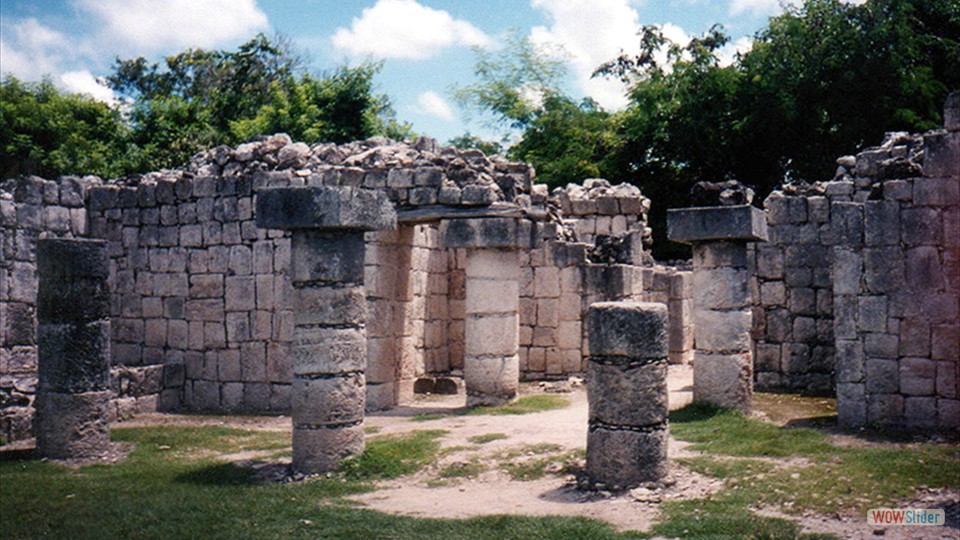
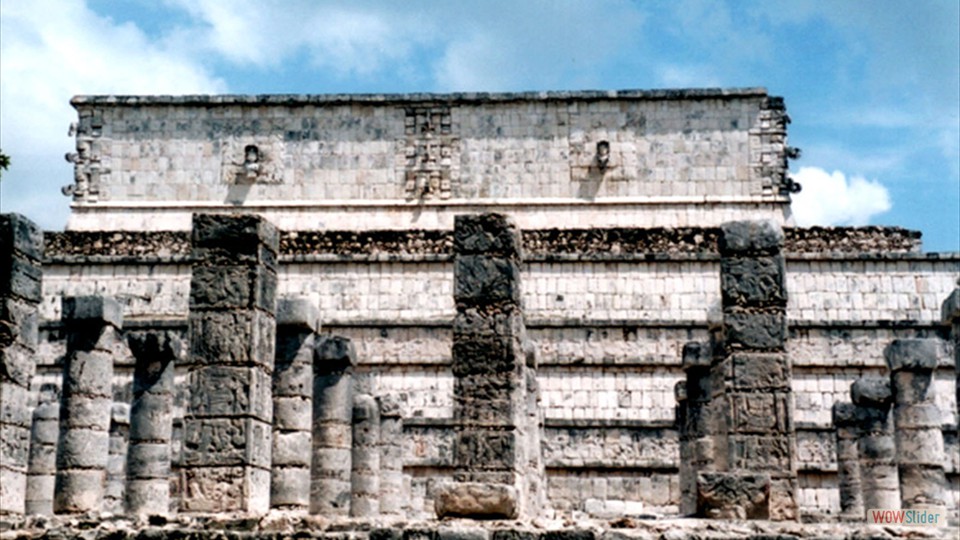
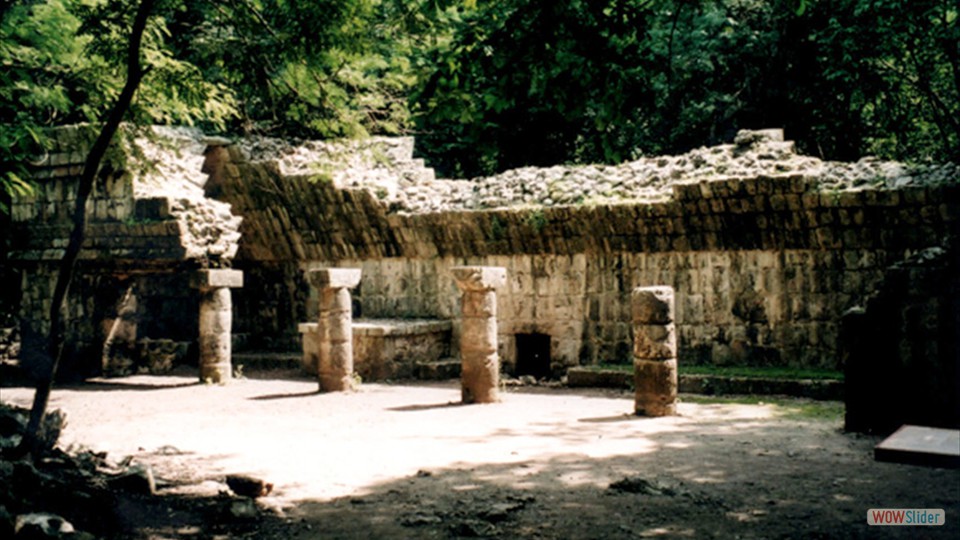
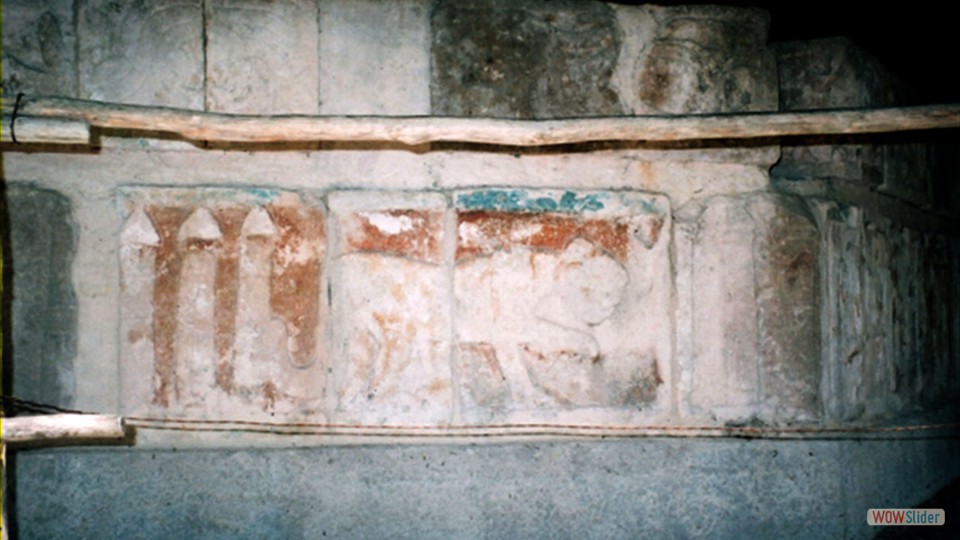
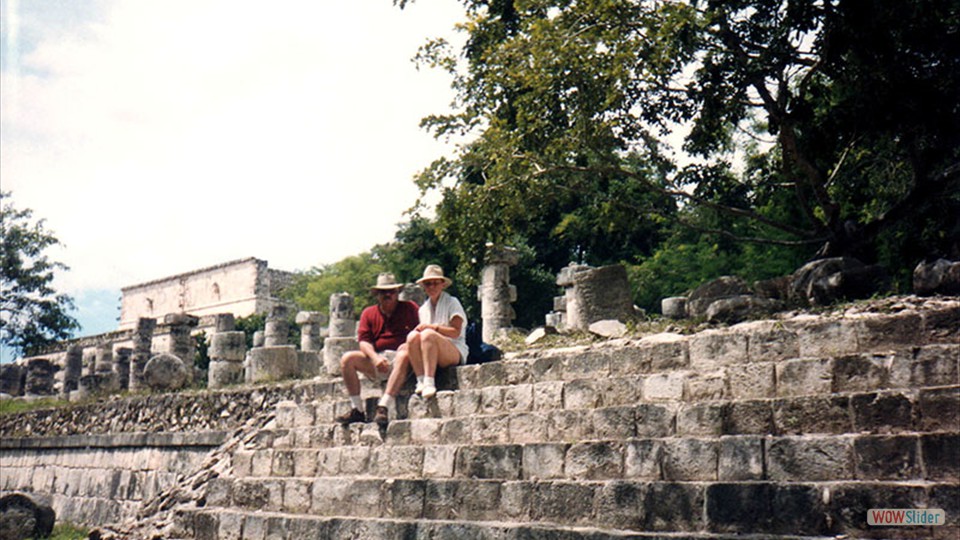
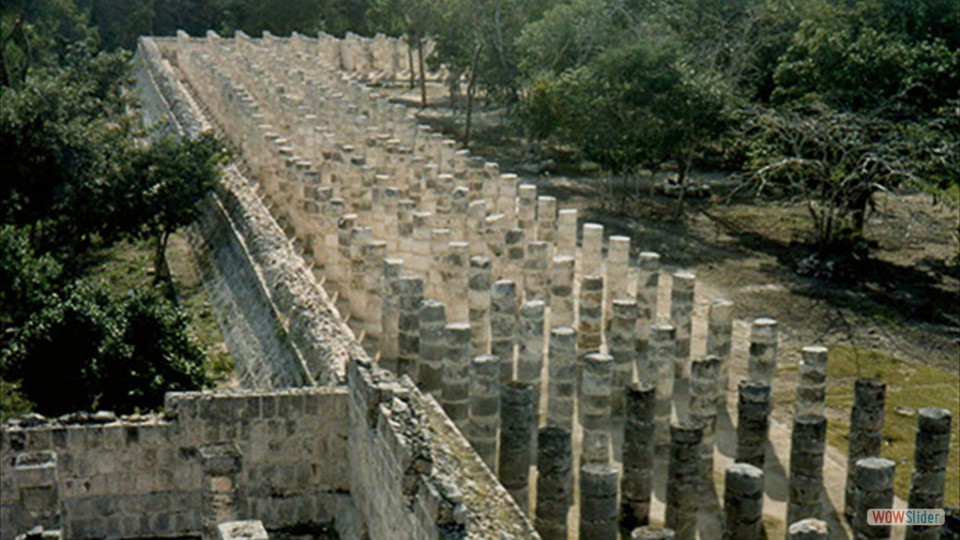
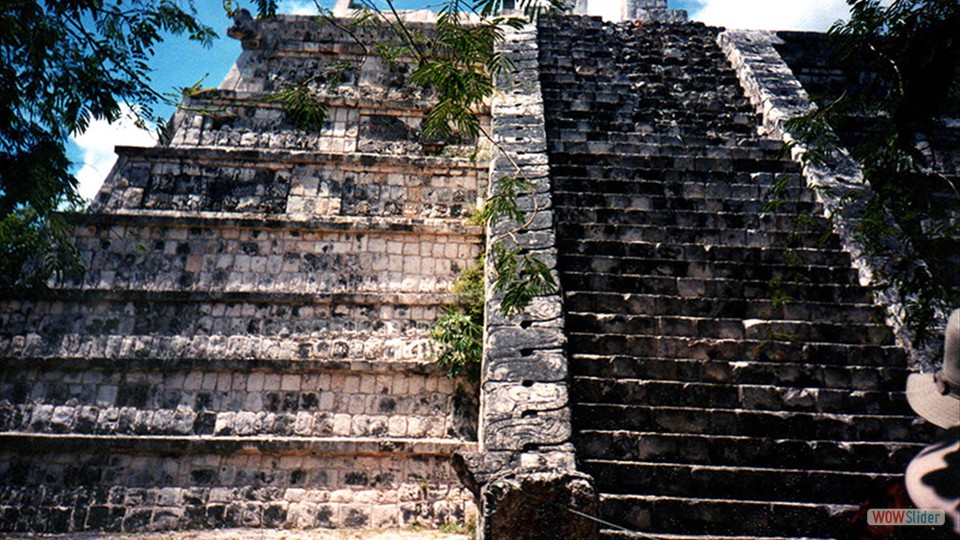
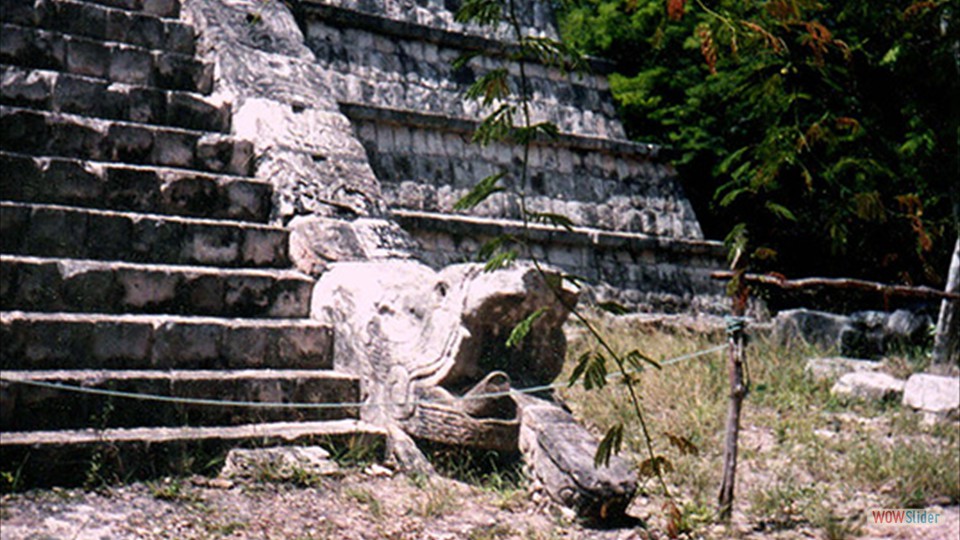
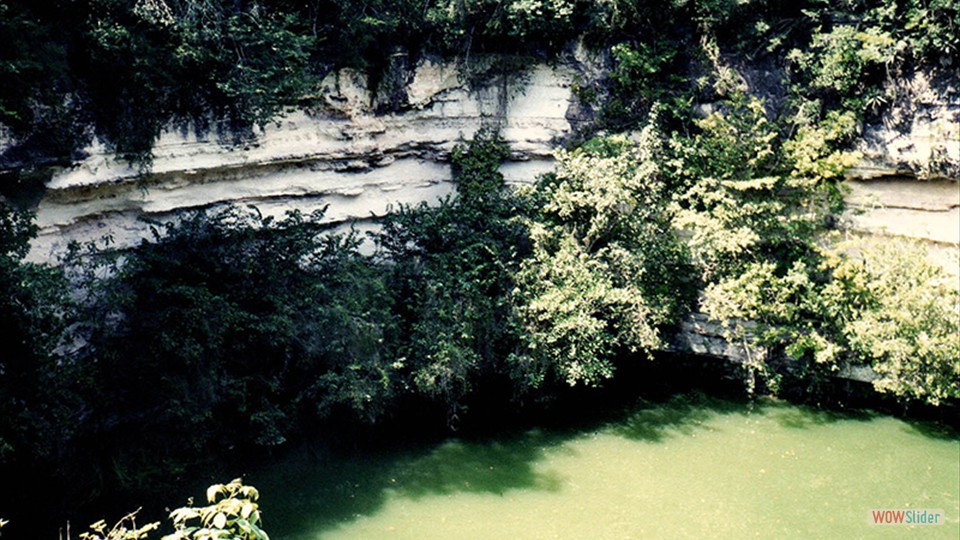
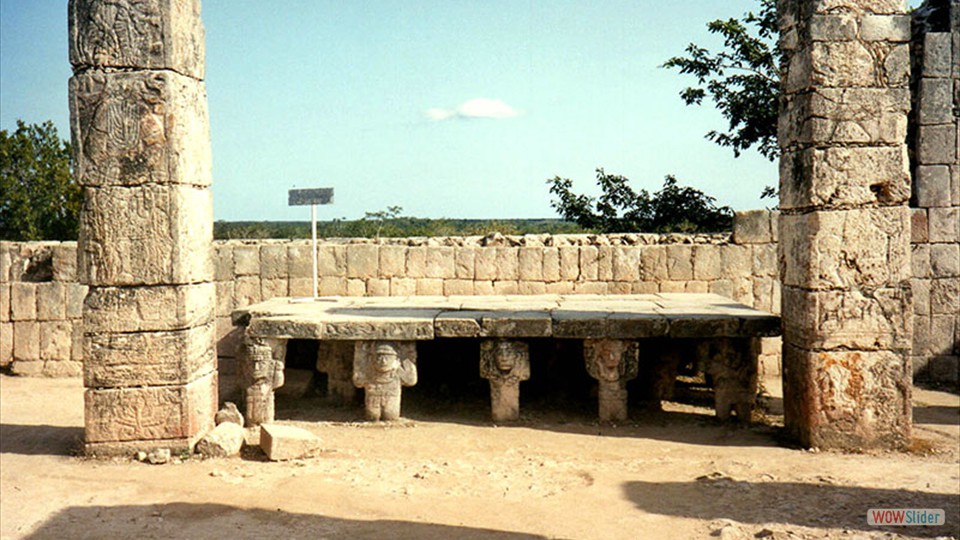
 1
1 2
2 3
3 4
4 5
5 6
6 7
7 8
8 9
9 10
10 11
11 12
12 13
13 14
14 15
15 16
16 17
17 18
18 19
19 20
20 21
21 22
22 23
23 24
24 25
25 26
26 27
27 28
28 29
29 30
30 31
31 32
32 33
33 34
34 35
35